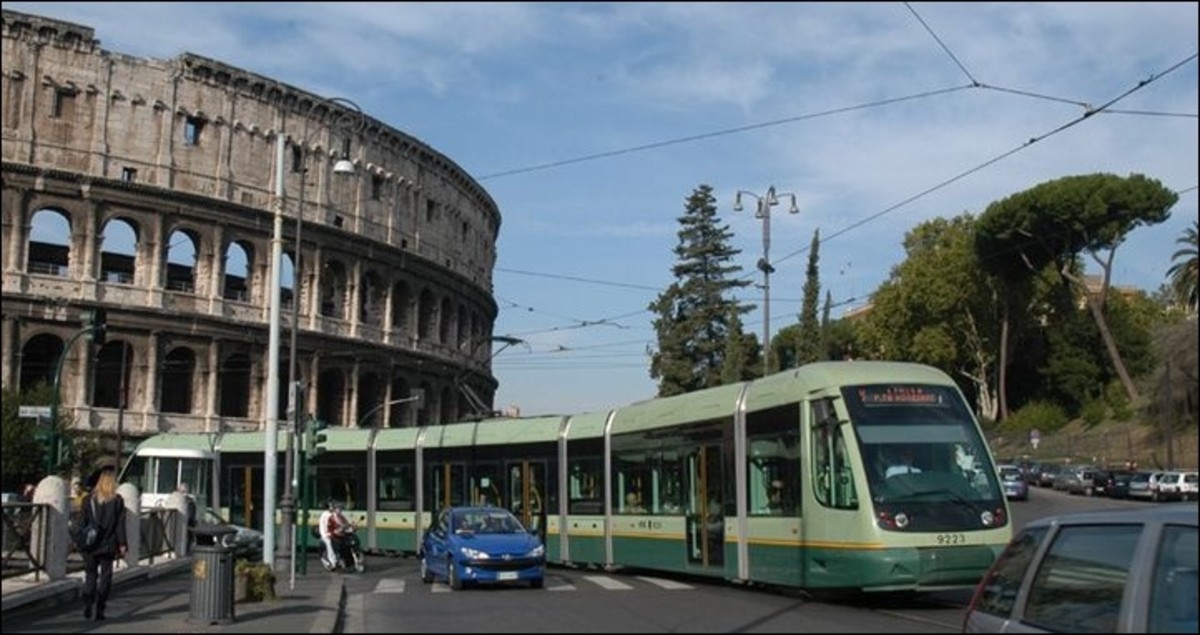drum118
Superstar
So you want transit underground so you can zoom along streets with no care in the world that transit riders must be rats as they will see no daylight or see what taking place on the street in the first place doing so.How much extra lanes improve traffic basically operates on a log graph. Reducing a 4 lane road to a 2 lane road is a MASSIVE deal. Meanwhile reducing a 6 lane road to a 4 lane road, eh, doesn't do nearly as much, especially on a regular major street (this is different than for instance on a highway), so its not a fair comparison.
Also, digging a tunnel under Yonge? Neat. To bad it will never happen
Transit is slow in mix traffic and a ROW takes up more space to offer a faster trip. Both Brampton and RH need to remove on street parking and learn to live with the standard 1 lane road they use today. All you are doing is removing the on street parking and turning it into a traffic lane that will run next to the LRT/BRT ROW, so what is the different??
Where do you plan to put the 1.8 to 2.2 million more cars on the road by 2040 when today roads can't deal with what we have today???

